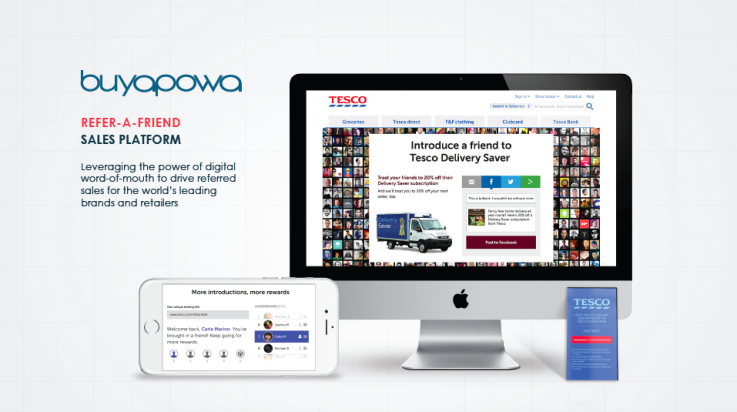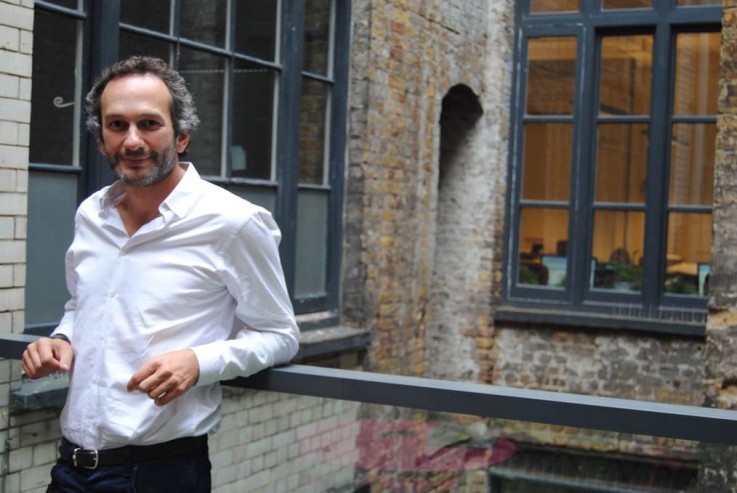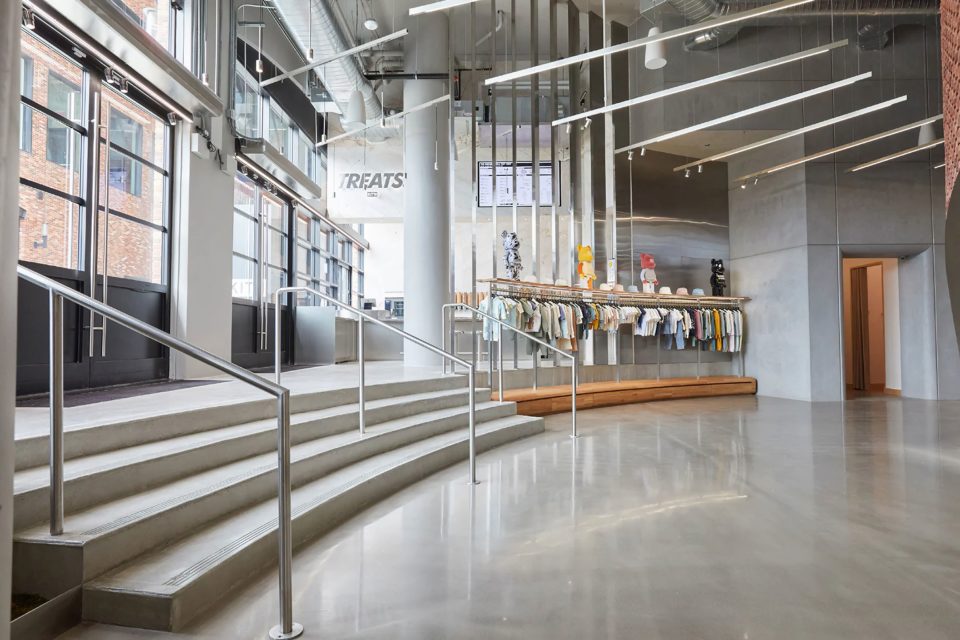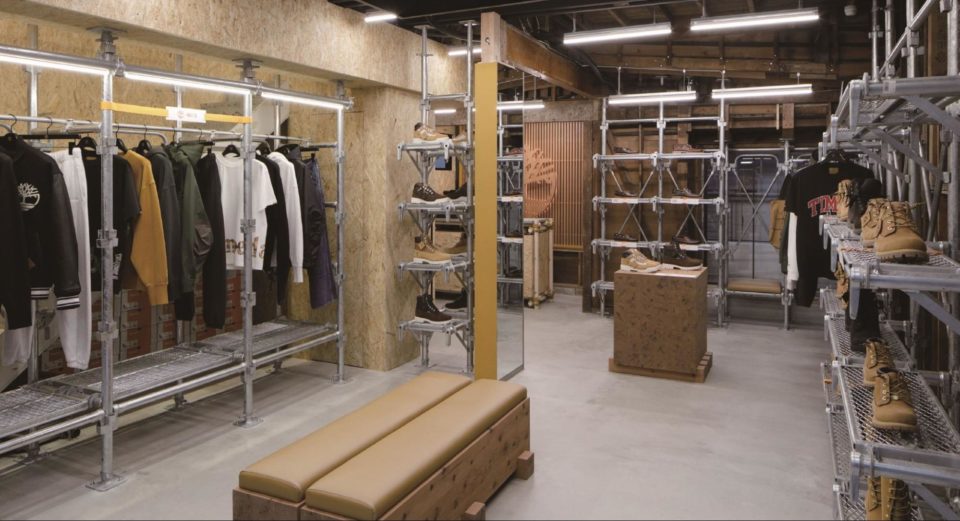Gideon Lask of Buyapowa on how to reinvent referral marketing by leveraging social connectivity

Using the power and potential of referrals to their advance, Buyapowa are a platform reinventing referral marketing by taking full advantage of today’s social connectivity. We talked to Gideon Lask, the CEO and Founder of Buyapowa, on referrals, loyalty, and how important it is to create community.
In simple terms, what do Buyapowa do?
We help our clients use their customers to find even more new customers. Your best source of new customers are your existing ones. We help you unlock that potential.
How is your platform changing to link in with in-store referrals or other in-store platforms?
I wouldn’t say it’s changing. We live in a social world where everyone is connected and we spend 80% of our non-work online time, on email or WhatsApp or Twitter. We’re connected to people, and we help our clients tap into that web of connectivity. You could be an offline shopper going into a store where you might get a receipt in your bag which says, “Hey! Here’s a VIP pass for your friends. When they shop, they’ll get a gift with purchase and you get £10 off your next purchase.” If you’re seeding to offline shoppers, you can incentivise shopping online or offline.
Can I ask how Eagle Eye is involved in this partnership?
We’re a partner with Eagle Eye, who have already integrated into many electronic Point of Sales systems in-store or in restaurants. That enables our unique referral links and codes to be distributed very easily. When my friend comes back and shops, it’s the Eagle Eye technology that identifies that and tells our platform that a referral has happened. So we can trigger various email messages and rewards. It’s referral marketing. To do that, you need to have a reward for the existing customer when they bring their friend in and an incentive to get to their friend. It’s gamification to push people through herd referral behaviour.
Do you find that it’s working particularly well with one group or is it working across all types of people?
It works for passion products and passion services. So if it’s the kind of products or service I would talk about in the pub or a wine bar with a friend, then it works. If it’s a product that I’m not really passionate about, it’s a lot harder to get people actively getting their friends to do that.
What are the most innovative applications of Buyapowa that you’ve either seen or that you’ve thought up?
I think gamification is always really interesting. For example, we’re talking to Sky, and if you’re in the top 20 referrers you’ll get a chance to meet the cast of Game of Thrones. If you’re in the top 3 referrers you get to be in an episode of Game of Thrones. So that’s really nice and on brand. 80% of your referrals come from 20% of your referrers.
With bloggers and the like promoting through their own social feeds, is that a way people can reach so many other people?
Yes. People are using different channels, so it’s typically seeded one to one from the retailer. But then the different customers are using social channels to do that and they might be doing that en masse from their Facebook post or by using email or DM on Twitter to just target specific people in their networks. Typically it’s not ‘spammy’ and we are trying to avoid that. We like a customer to very much personalise introductions, so we make it feel very exclusive.
Something we’re doing with Lancôme in the UK at the moment is really limiting the amount of referrals. So if I’m an expert at using celebrity endorsements and paying millions pounds to famous models or actresses, I’ve become very adept to using top-tier bloggers. What they’re really interested in now is finding mid-tier influencers. So the mum at the school gates or the women in the office. It’s getting those people to talk about Lancôme and their products.
It’s very effective because you are rewarding people that love your product with more of your product in return for bringing in their friends. If you set them a challenge such as, “Get your friends to sign-up for a sample,” it’s a great test. And once they’ve done the referral, you’ve know you got some real special customers. I mean we’ve got a shopper at Tesco’s who doesn’t spend a lot with Tesco’s. He’s got a club card, spends about hundred quid every year, which is nothing. But over two years, he’s referred in a million pounds worth of sales.
Referral marketing has always been a holy grail for retailers. Acquisition is really, really hard, and finding profitable customers even harder. So we’re always on the lookout for new tricks and tools that will enable us to do that. I was most recently at Universal Music where I built a retail business for them. It was there that I found that by consulting with your audience and asking them what products to create makes them feel like they are a real community and really cool things happen. They’re on your team, and they go out and recruit their friends and family to shop as well.
Do you think there is anything more that brands can do to foster this sense of community?
I’ve always believed in empowerment, which is why the business is called Buyapowa. I think the days of the retailer being in charge are long gone. I think we now need to empower our consumers. I’d let them have a say in the products and services we sell and design and make available, and reward them for the kind of behaviours that we want to see. Our clients can choose which offers go live next. If someone’s done that and someone has voted, even if their product doesn’t go live, they are still 20 times more likely to buy it than when they discover that offer cold.
We also have a kind of tipping point, where we say, “if a thousand of you sign-up then we’ll do something”. As well as that, we have a kick-starter model, so if enough people pre-order a product we will create it for you. So these are all tools that we are making available to retailers to do retail in a slightly less traditional manner.
Thinking forward to 2020 and beyond, do you have any idea how the world of retail might be different?
I think traditional retail is going to have a radical rethink about their online and digital propositions. The reality is with most online channels, traditional retailers lose huge amount of money. So just because the majority of customers are now transacting online does not mean the job is done. You can’t afford to lose money every time they shop.
As we’ve said, acquiring customers are expensive and loyalties are a thing of the past. Loyalty as a concept isn’t a thing of the past but consumers have become savvy. They are bombarded by messages today so there’s competition for your attention, competition for your wallet, and we know all the tricks that the retailers are trying. Because the consumer is more sophisticated, retailers themselves need to become more sophisticated to drive loyalty. You need to empower me, you need to be relevant to me and yet the basics don’t drive loyalty.
It’s ultimately about building rich relationships. Retailers are going to have to get far more surgical and precise and sophisticated in the way that they do online selling. So I think we’ll probably in 2020 look back at 2016 and think, “Gosh we’re in the dark ages there”.
So how does Buyapowa play into all of this?
As long as you have access to tools like Buyapowa, they’ll help you innovate and stay ahead of the pack. We are a facilitator. We’ve been doing it for four or five years so we’re quite good at recommending and helping clients use it, and figuring out what the right rewards and incentives are. The retailers should know and understand their customer and the relevance of their brands to that customer relationship. People aren’t shopping for points. The rewards need to be on brand and right and correct. Retailers know that their open rates on emails are going down. Their click through rates are going down. Conversion rates are going down. But when these messages come as a result of an email from a friend or a voucher code from a friend, the conversion rates are significantly higher. Conversion rates are four times as high, click-through rates are eight times as high.
Want to go straight to the hottest retail technologies, latest disruptive thinking and simplest new ways to lower costs and boost sales? Transform your team’s thinking using Insider Trends’ little black book. Find out how here.




